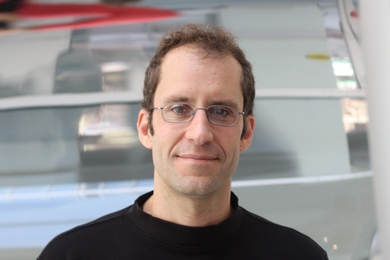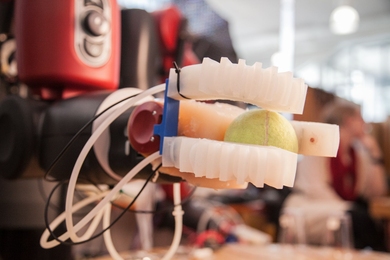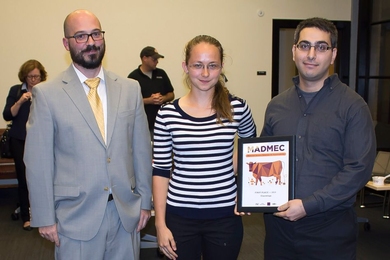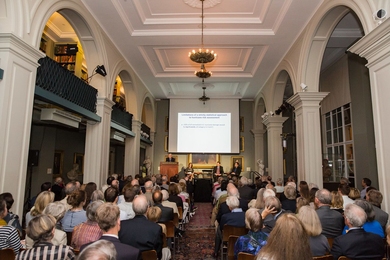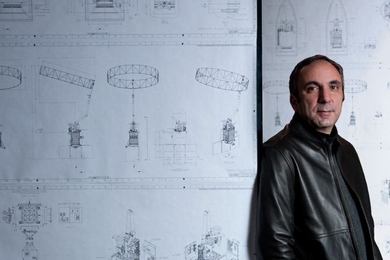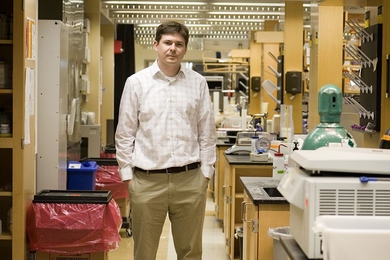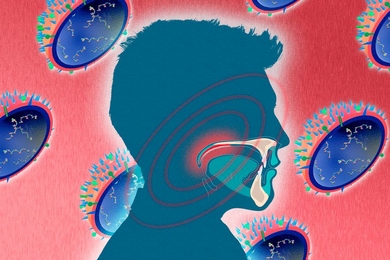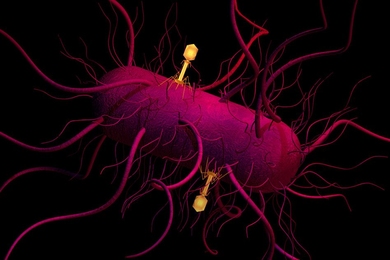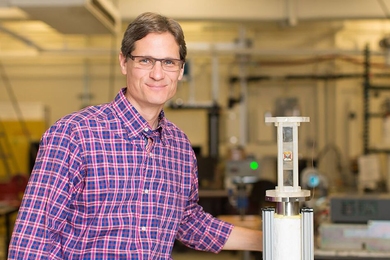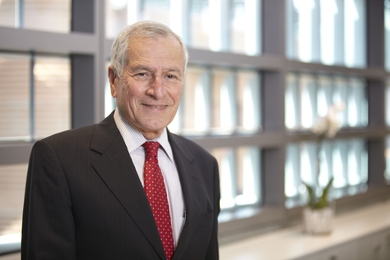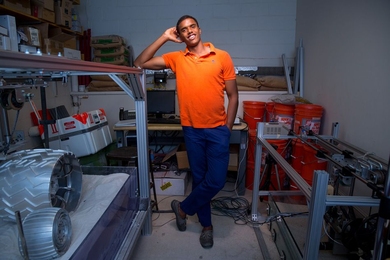Soft robotic hand can pick up and identify a wide array of objects
Team from Computer Science and Artificial Intelligence Lab develops silicone rubber gripper and advanced object-identification algorithms.
Biomimetic non-reflective coating for solar cells wins MADMEC
Team wins $10,000 at annual competition for invention inspired by butterfly wings.
“A day a week” for postdocs helps bring MIT research inventions to market
Translational Fellows Program deadline for applications is Sept. 30.
Engineering biology
With a new DARPA contract, biological engineer Christopher Voigt aims to harness the power of living cells.
Learning language by playing games
System learns to play text-based computer game using only linguistic information.
How flu viruses gain the ability to spread
New study reveals the soft palate is a key site for evolution of airborne transmissibility.
Viruses join fight against harmful bacteria
Engineered viruses could combat human disease and improve food safety.
DUSP, CRE, and STL Lab award $1.5 million in first round of faculty research funding
Thirteen grants awarded to MIT faculty and researchers from four different schools.
A passion for learning in the lab
Thomas McKrell designs, builds, and supervises nuclear science and engineering laboratory projects, and readies students for careers in research.
On the importance of academic international engagements: An interview with Fred Moavenzadeh
MIT professor and former president of the Masdar Institute reflects on a career spent fostering international research and teaching collaborations.
Sand, sand everywhere
Senior Carrington Motley balances track and field with research on vehicle mobility in sand.
SMART electronics research
Eugene Fitzgerald pursues new models for innovation in electronics as part of the Singapore-MIT Alliance for Research and Technology.
